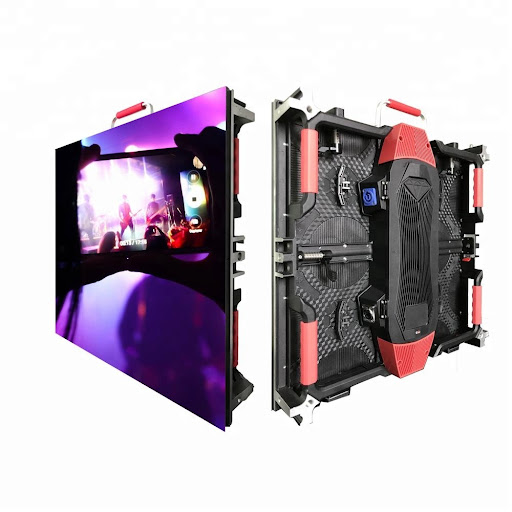In the digital age, LED display screens have become an integral part of our daily lives, revolutionizing the way we communicate, entertain, and interact with information. From giant outdoor billboards to the sleek screens of our smartphones, LED technology has transformed how we perceive and engage with visual content. In this article, we will explore the fascinating world of LED display screen, their innovative features, and the diverse applications that make them an indispensable part of our modern world.
The Magic Behind LED Technology
LED, or Light Emitting Diode, technology is at the heart of these brilliant displays. Unlike traditional LCD (Liquid Crystal Display) screens, LED displays emit light directly when an electrical current passes through them, which eliminates the need for a separate backlight. This property makes LED screens thinner, lighter, more energy-efficient, and capable of producing vibrant, high-quality visuals.
One of the key benefits of LED displays is their ability to produce a wide range of colors with exceptional brightness and contrast. This feature not only enhances the viewing experience but also makes LED screens suitable for a variety of applications across different industries.
The Applications of LED Display Screens
- Entertainment and Events:LED screens have become a staple in the entertainment industry. They are used for live concerts, sports events, and theater productions to provide high-definition visuals and dynamic backdrops. These screens can be tailored to fit different stages and event requirements, offering a visually captivating experience for the audience.
- Advertising and Marketing:LED display screens have transformed the advertising landscape. From bustling city centers to shopping malls and transportation hubs, digital billboards and LED video walls are effective tools for showcasing advertisements, promoting products, and conveying marketing messages. Their dynamic nature allows for real-time updates and eye-catching visuals that capture the attention of passersby.
- Information and Wayfinding:LED screens are utilized in various public spaces to provide information and directions. Airports, train stations, and shopping centers use LED displays to inform travelers about departures, arrivals, and gate changes. These screens are also employed for interactive wayfinding maps, helping visitors navigate complex environments.
- Outdoor Signage:LED displays are ideal for outdoor signage due to their exceptional brightness and visibility in all lighting conditions. Businesses use them for storefront signs, billboards, and even digital menu boards at drive-thru restaurants. LED signage enhances brand visibility and can be easily updated with new information.
- Education and Training:In educational settings, LED displays are used to create interactive learning environments. Interactive whiteboards and LED screens in classrooms allow teachers and students to engage with digital content, improving the learning experience. Similarly, in corporate training, LED screens facilitate dynamic presentations and collaborative discussions.
- Indoor and Outdoor Architectural Displays:LED technology is increasingly being integrated into architectural elements, such as building facades and interior decor. These displays can be programmed to create captivating light shows and transform the appearance of a building or space, making them suitable for both artistic and commercial purposes.
The Future of LED Displays
As LED technology continues to advance, the future holds even more exciting possibilities. We can expect displays that are even thinner, more energy-efficient, and capable of producing higher resolutions. In addition, innovations like flexible and transparent LED screens will enable entirely new applications in industries such as design, architecture, and automotive.
Furthermore, the integration of artificial intelligence and data-driven content will allow for more personalized and interactive displays. For example, LED screens could adapt their content based on the preferences and demographics of viewers, making advertising and information dissemination even more targeted and effective.
In conclusion, outdoor led display screen have brought about a visual revolution, offering innovative solutions and endless possibilities across numerous industries. Whether it’s for entertainment, advertising, education, or architectural enhancement, LED technology has become a powerful medium for communication and engagement in our modern world. As technology continues to evolve, we can look forward to even more exciting developments in the realm of LED displays.




